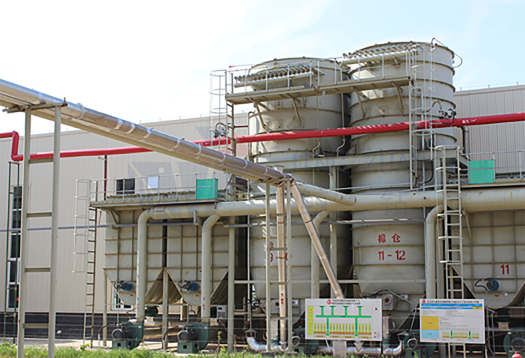
Sht . 22, 2024 20:24 Back to list
hpmc vs hec
HPMC vs HEC A Comparative Analysis
Hydroxypropyl methylcellulose (HPMC) and hydroxyethyl cellulose (HEC) are two widely used cellulose derivatives in various industries, including pharmaceuticals, food, cosmetics, and construction. While both serve as thickening agents, their unique properties and applications make them suitable for different purposes. This article explores the key differences and similarities between HPMC and HEC, helping to clarify their roles in various formulations.
Chemical Structure and Properties
HPMC is a semi-synthetic polymer derived from cellulose by etherification, where hydroxypropyl and methyl groups are introduced into the cellulose chain. This modification enhances its solubility in water and improves its thermal stability. HPMC is characterized by its ability to form clear gels, which make it a preferred choice in applications demanding transparency, such as certain cosmetic formulations and pharmaceuticals.
On the other hand, HEC is obtained through the etherification of cellulose with hydroxyethyl groups. Its structure allows it to swell in water, forming a viscous solution. Although HEC is soluble in water, it provides different rheological properties compared to HPMC. The resulting gels and solutions from HEC often exhibit a higher degree of elasticity, making it suitable for applications where flexibility and film-forming characteristics are desired.
hpmc vs hec

Applications
In the pharmaceutical industry, HPMC is widely used as a binder in tablet formulations, a thickener in liquid doses, and a film-forming agent for controlled-release drugs. Its bioadhesive properties enhance drug delivery systems, significantly improving patient compliance.
Conversely, HEC is commonly found in personal care products, such as shampoos and lotions, due to its exceptional thickening capabilities. It also acts as a stabilizer in emulsions, preventing phase separation and enhancing product consistency. Furthermore, HEC is utilized in the food industry as a thickening agent and emulsifier, contributing to the texture and mouthfeel of various products.
Conclusion
While both HPMC and HEC are vital cellulose derivatives with thickening and stabilizing properties, their distinct chemical structures lead to different physical characteristics and applications. HPMC is preferred for its clarity and controlled-release capabilities in pharmaceuticals, whereas HEC excels in personal care and food products due to its excellent thickening and emulsifying properties. Understanding these differences allows formulators to select the appropriate cellulose derivative to meet their specific needs, ensuring optimal performance and application success.
-
Versatile Hpmc Uses in Different Industries
NewsJun.19,2025
-
Redispersible Powder's Role in Enhancing Durability of Construction Products
NewsJun.19,2025
-
Hydroxyethyl Cellulose Applications Driving Green Industrial Processes
NewsJun.19,2025
-
Exploring Different Redispersible Polymer Powder
NewsJun.19,2025
-
Choosing the Right Mortar Bonding Agent
NewsJun.19,2025
-
Applications and Significance of China Hpmc in Modern Industries
NewsJun.19,2025







